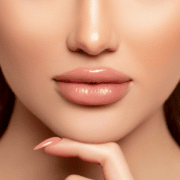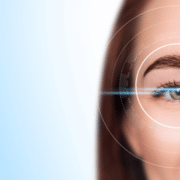Are Restalyne® Treatments Painful?
The effects of aging can be on many areas of our face. From brow lines and crow’s feet to frown lines around your mouth, creases and wrinkles can continue to grow or deepen, despite a dedicated rigorous at-home skincare routine.
When your regular cosmetic routine is not enough to lessen the appearance of these lines and wrinkles, dermal injectables are a safe and effective way to achieve the look you want.
For mild to moderate lines and creases around the lower portion of your face, Restalyne® is an FDA-approved and proven way to reduce their appearance safely and effectively. Using hyaluronic acid (HA), a molecule produced by and found in your body, the Restalyne® injections fill in lost volume by pulling in nearby water molecules.
Since your body already produces HA naturally, there is minimal risk of severe or adverse reactions. The Restalyne® treatments just boost the normal production of HA that decreases over time. Although the results from Restalyne® are temporary, the treatments are safe enough to be repeated to maintain the desired youthful look you want.
Restalyne® treatments are performed in the office and often take less than 30 minutes. Best of all, the FDA recently approved Restalyne®-L. This new formulation takes all of the proven results and aesthetic benefits from Restalyne® and adds lidocaine to the injection to help alleviate any minor discomfort that might occur with the treatments.
Although many dermal fillers and injectables available today can be used in many areas of the face, it is important to choose a doctor or aesthetician with the experience needed to know which will best address your specific concern. Restalyne®-L is a great option to treat lines and creases on the lower areas of the face nearly painlessly.
The team at Maehara Eye Surgery and Laser in Honolulu, HI, has the experience necessary to create the perfect aesthetic treatment plan to meet all of your goals. Whether you are interested in Restalyne®-L or other aesthetic treatment methods, call the office at 808-955-3937 or visit www.maeharaeyes.com to get started with a comprehensive consultation today.











